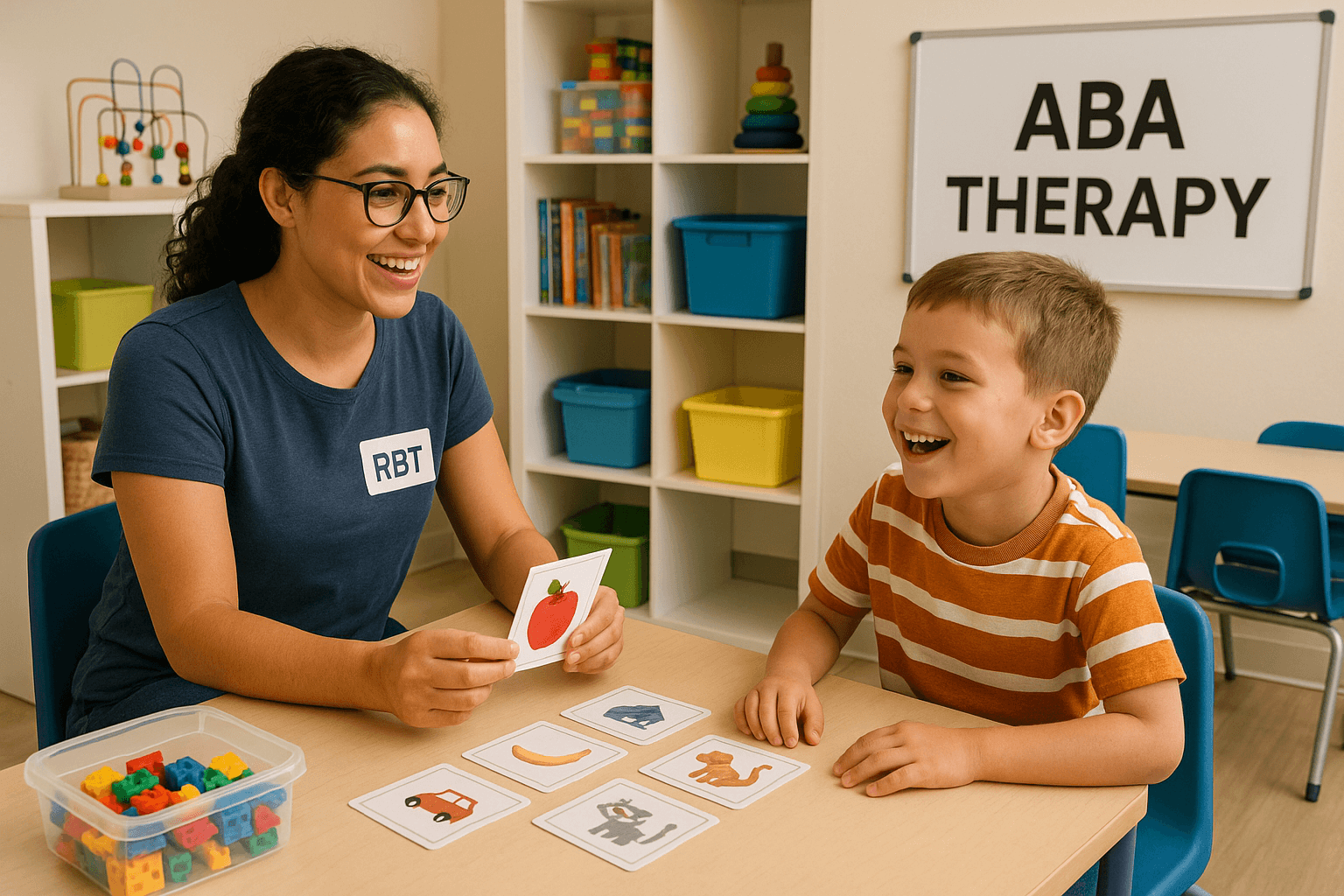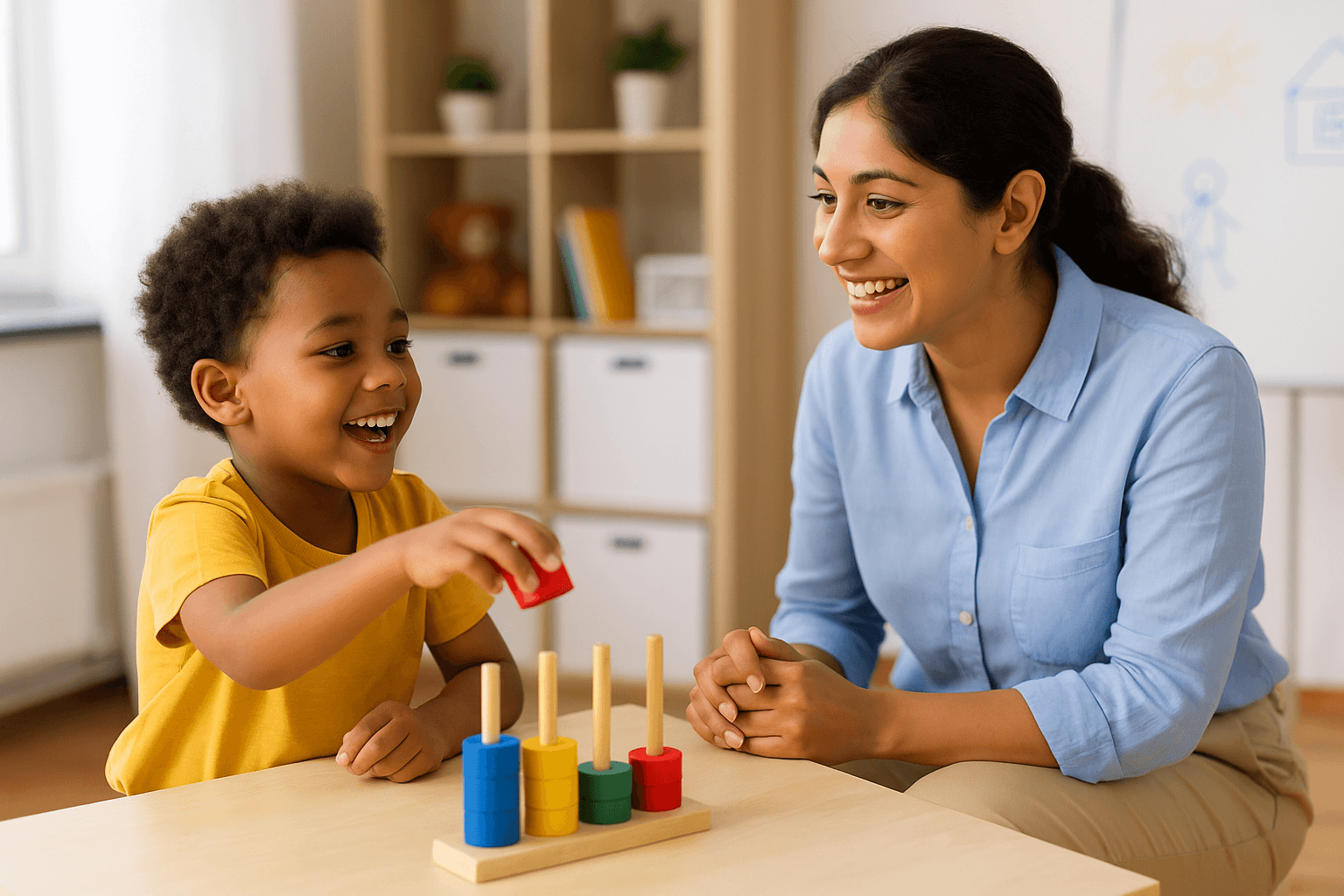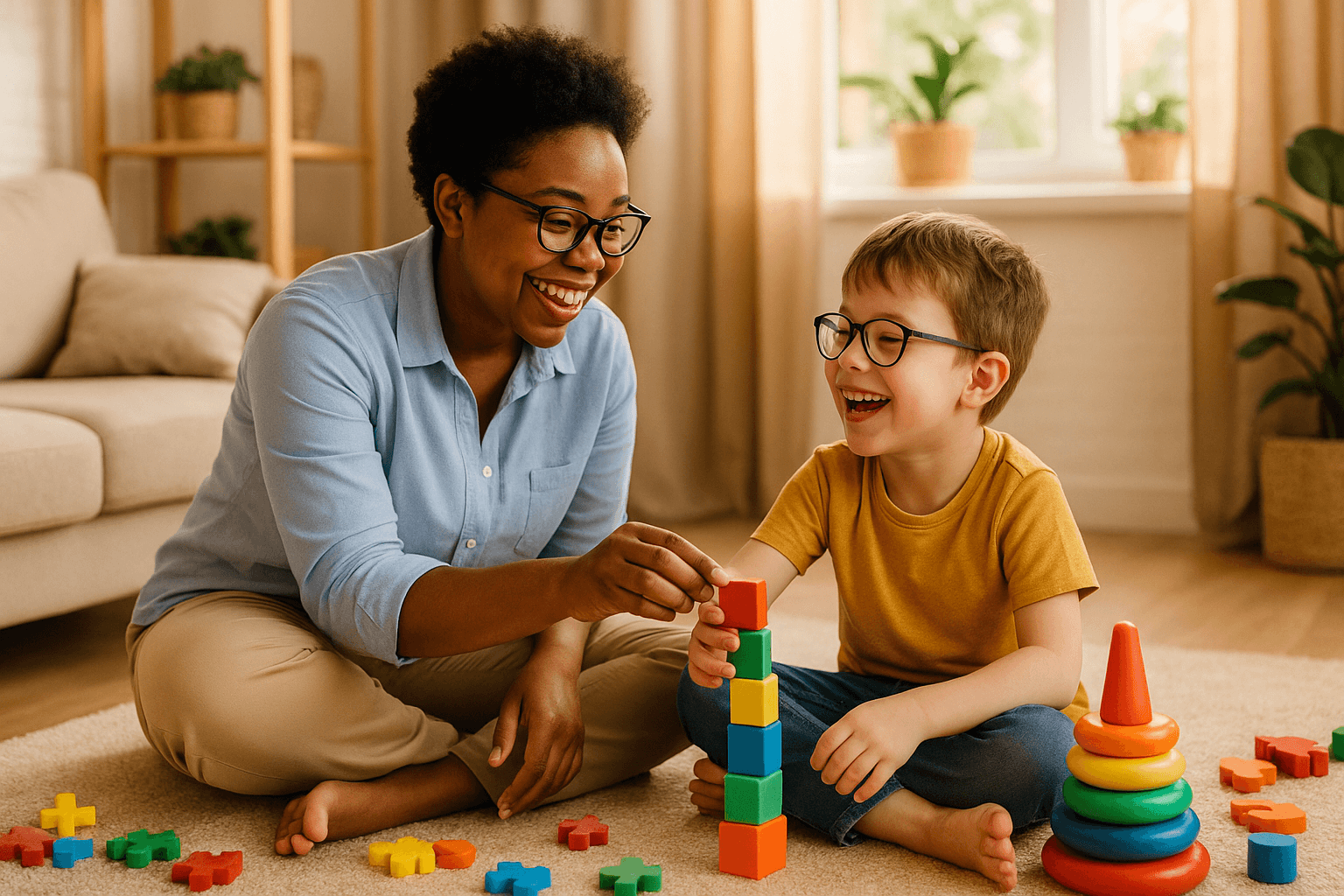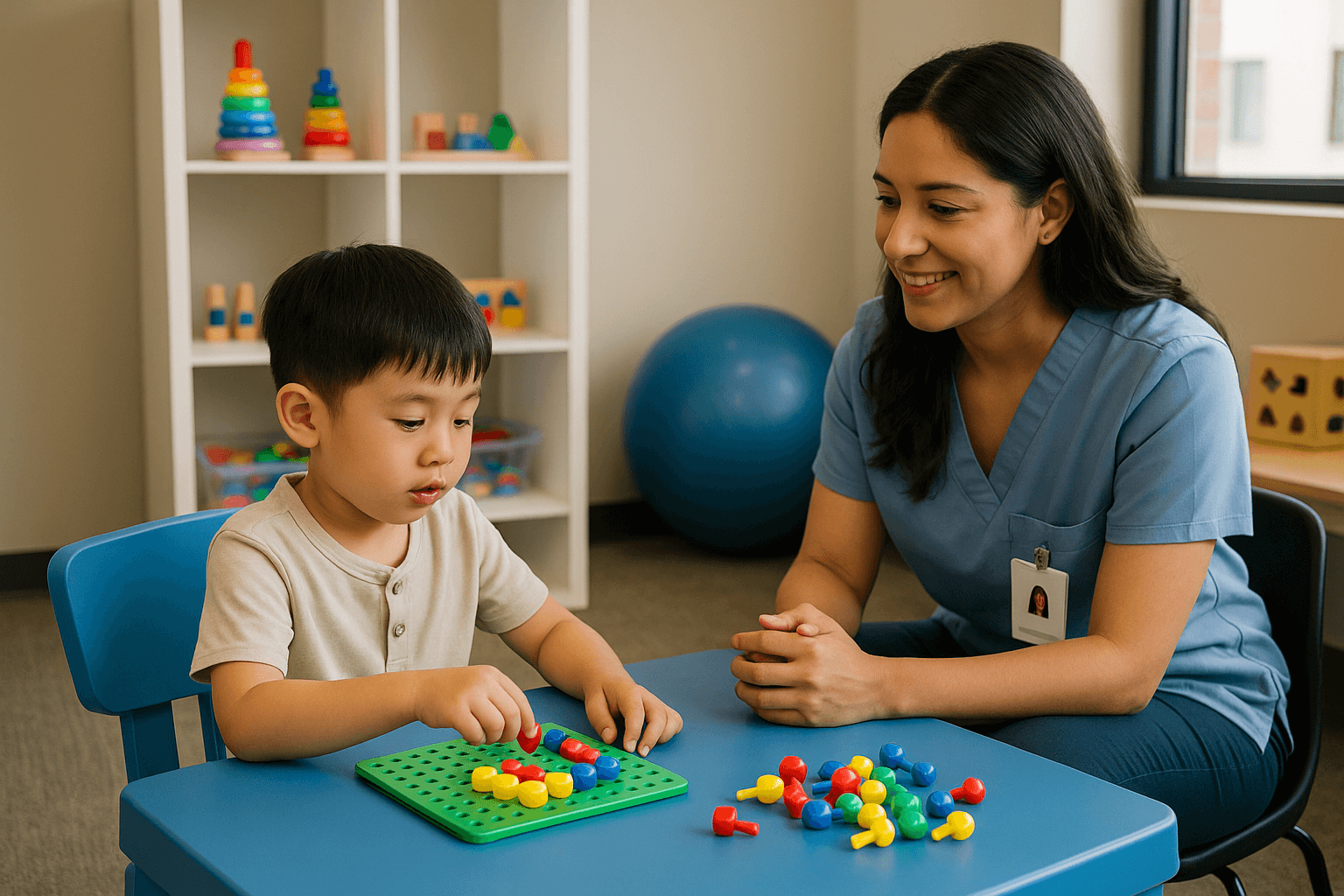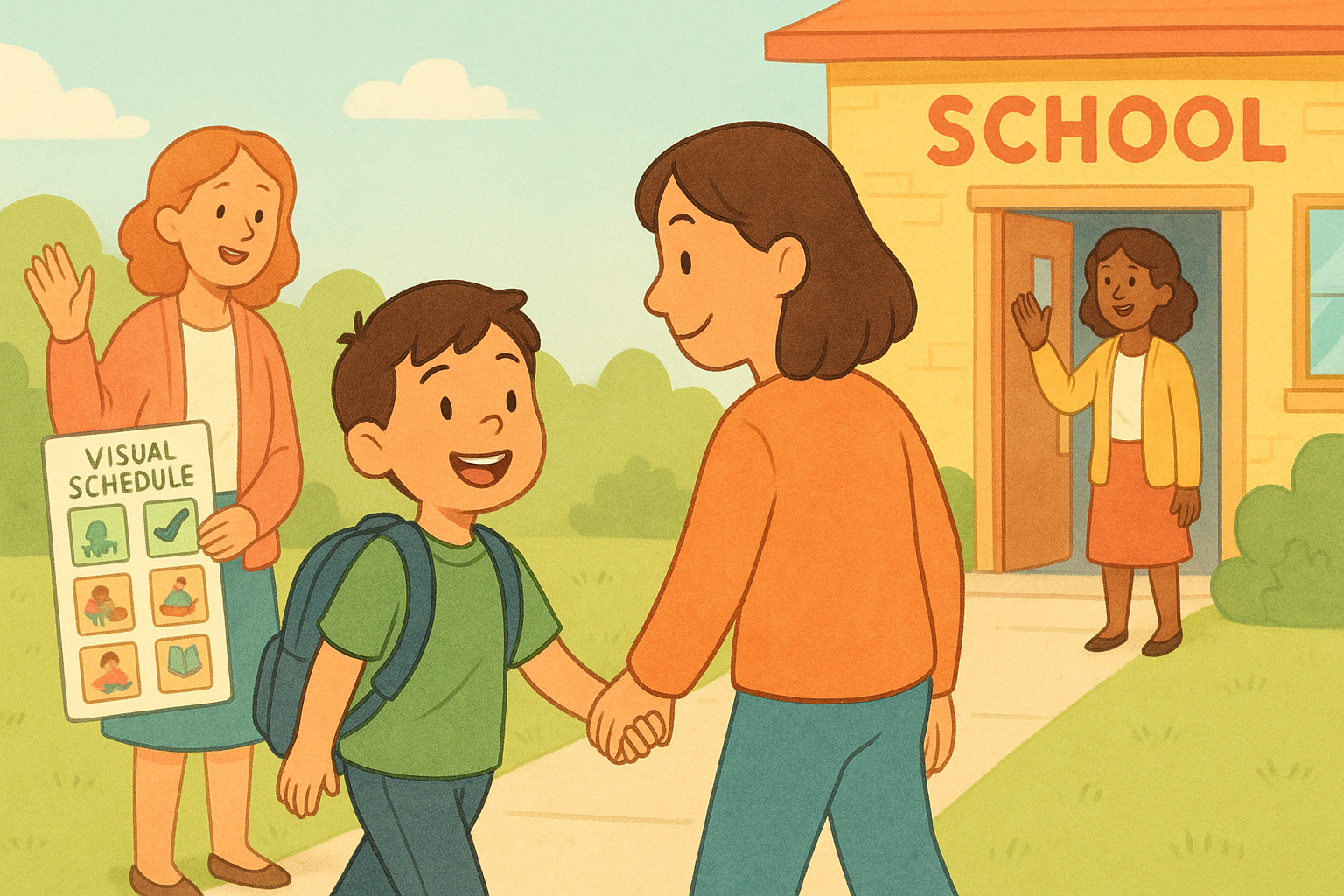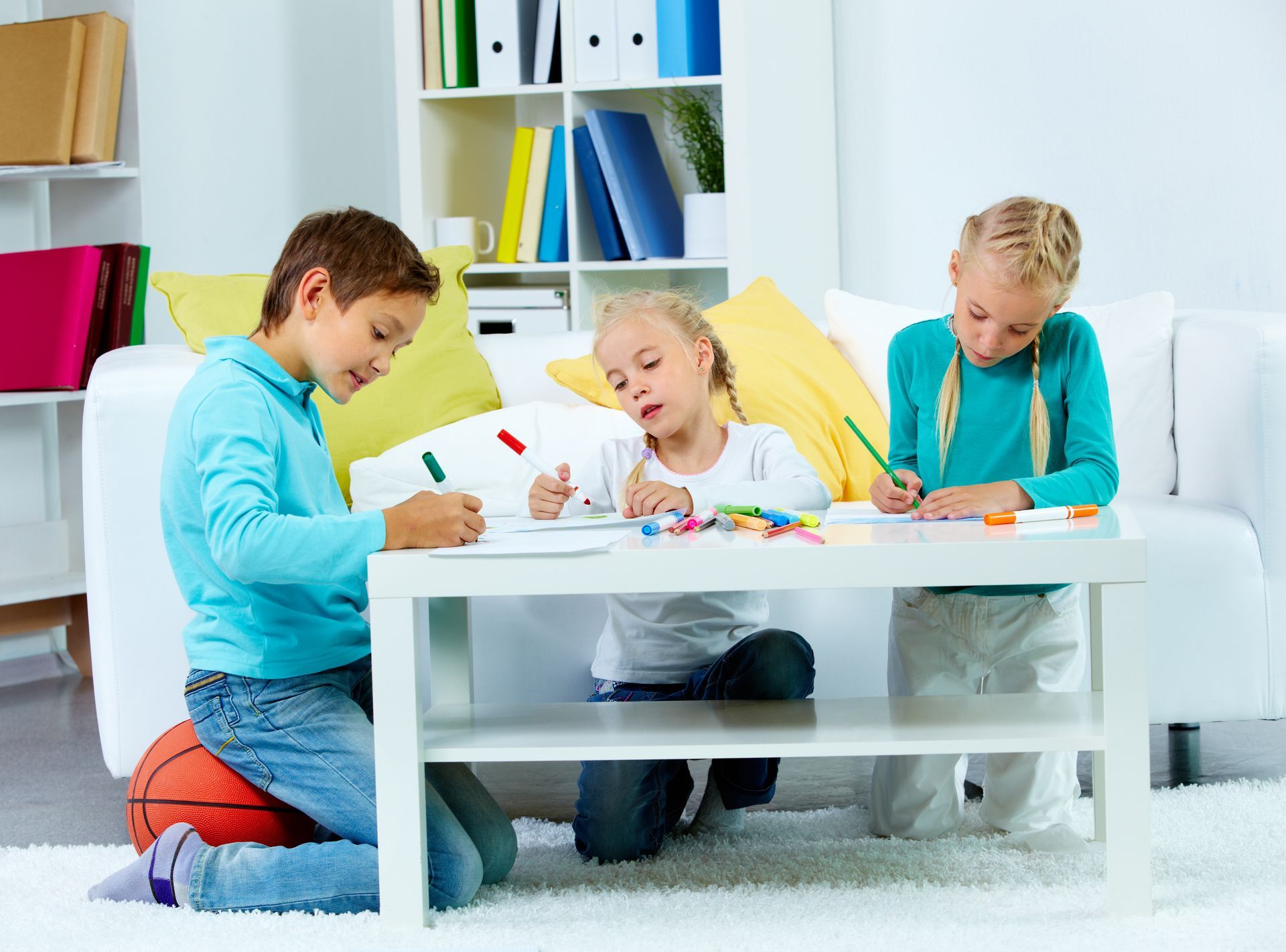Sleep Solutions For Kids With Autism: A Relaxing Bedtime Routine
Sleep plays a fundamental role in our daily lives, influencing our physical health, emotional well-being, and cognitive abilities. For kids with autism spectrum, achieving quality sleep can be particularly challenging due to various sensitivities, difficulties with transitions, and the prevalence of co-occurring conditions such as anxiety or ADHD. Crafting a relaxing bedtime routine tailored to the unique needs of kids with autism becomes beneficial and crucial in improving sleep quality and overall health.
Enhancing the Bedtime Routine
Friendly Sleep Environment
Creating a serene space for better sleep is crucial. Gentle lighting, snug blankets, and cozy bedding contribute to a tranquil setting. Customize the environment by including focused items like weighted blankets or toys, particularly beneficial in ABA therapy, to suit individual preferences.
Communication and Collaboration
Encourage open communication with the individual, caregivers, and healthcare providers to understand specific triggers and preferences. Collaborate on strategies that accommodate the needs while promoting relaxation before bedtime. This might involve using visual schedules, social stories, or other communication aids to facilitate understanding and ease anxiety related to bedtime routines.
Introduction of Relaxation Techniques
Incorporating relaxation techniques into the bedtime routine can be immensely beneficial. Deep breathing exercises, progressive muscle relaxation, or guided imagery can help calm the mind and body, preparing for a restful night's sleep. Explore various techniques to identify what works best for the individual.
Establishing a Sleep Schedule
Consistency is vital when it comes to sleep schedules. Set regular bedtime and wake-up times to regulate the body's internal clock. Implementing a consistent routine, including winding down activities simultaneously each night, can signal the body that it's time to prepare for sleep.
Bedtime Rituals and Activities
Introduce calming activities into the routine, such as reading a favorite book, listening to calming music, or taking a warm bath. Engaging in activities that promote relaxation can create positive associations with bedtime, making it easier to transition to sleep.
Limiting Stimulants and Screen Time
Avoid stimulating activities or caffeinated beverages close to bedtime. Additionally, limit screen time, especially from electronic devices emitting blue light, as it can interfere with the body's natural sleep-wake cycle.
Professional Guidance and Support
Seek guidance from healthcare professionals experienced in working with individuals on the autism spectrum. Occupational, behavioral, and sleep specialists can offer tailored strategies and support to address specific sleep challenges.
Understanding and Adapting
It's crucial to understand that each individual with autism is unique, and what works for one person might not necessarily work for another. Patience, flexibility, and a willingness to adapt are essential to establishing an effective bedtime routine.
The Road to Success
Implementing a relaxing bedtime routine for individuals with autism requires dedication and persistence. It's a journey that may have ups and downs, but the long-term benefits of improved sleep quality and overall well-being make it worthwhile.
Tailoring Communication Strategies
Communication barriers often challenge understanding an individual's sleep needs and preferences. Employing visual aids, such as picture schedules, social stories, or visual timetables, can be instrumental in facilitating comprehension and easing anxiety surrounding bedtime routines. These tools provide a transparent and predictable sequence of activities, reducing uncertainty and promoting a sense of control. Additionally, consistent and straightforward language to explain the bedtime routine can enhance understanding and cooperation.
Exploring Relaxation Techniques
Discovering effective relaxation techniques tailored to the kids profile is crucial. While some individuals might find comfort in deep-pressure activities like using weighted blankets or engaging in gentle massages, others might benefit from mindfulness exercises or aromatherapy. It's essential to experiment with various techniques and observe the individual's response to identify what aids relaxation and promotes better sleep. Furthermore, incorporating these techniques into a consistent bedtime routine can reinforce their effectiveness.
Addressing Anxiety and Transition Challenges
Anxiety and difficulties with transitions are common in individuals with autism, particularly when transitioning from daytime activities to bedtime. Acknowledging and addressing these challenges by incorporating calming transitional activities into the routine can be immensely helpful. Introduce activities that signal the day's winding down, such as gradually dimming lights, engaging in quiet activities, or incorporating a calming bedtime story. These cues help transition from a high-activity state to a calmer and more relaxed state, preparing the mind and body for sleep.
Encouraging Physical Activity and Daytime Routines
Promoting physical activity during the day can contribute to better sleep at night. Regular exercise, preferably earlier in the day, can help regulate the sleep-wake cycle and expend excess energy, making it easier to wind down at night. Establishing consistent daytime routines can also support the development of a structured bedtime routine. Creating predictability and stability throughout the day can positively impact the transition to bedtime and promote a more restful night's sleep.
Embracing Flexibility and Patience
It's important to emphasize that establishing a relaxing bedtime routine for individuals with autism is a process that requires flexibility and patience. Each person's needs and responses are unique, and what works one night might need adjustment on another. Embrace flexibility in adapting the routine and exercise patience to allow the individual to adjust to changes or new strategies
Conclusion
Crafting a relaxing bedtime routine for kids with autism is a journey guided by understanding, adaptation, and collaboration. By comprehensively addressing sensitivities, utilizing effective communication strategies, exploring relaxation techniques, and addressing anxiety and transition challenges, caregivers and individuals on the autism spectrum can work together to establish a bedtime routine conducive to better sleep. Remember, the journey toward improved sleep outcomes involves constant evaluation, adaptation, and unwavering support to ensure the best possible rest and well-being for kids with autism.
If you require further guidance or personalized assistance in creating a bedtime routine tailored to an individual's needs, don't hesitate to contact our CV Lighthouse team of experts. We provide support and insights to enhance sleep quality and overall well-being for kids with autism.
FAQs
Why do kids with autism often struggle with sleep?
Anxiety, irregular sleep patterns, and difficulties transitioning from daytime to nighttime activities can contribute to sleep challenges.
How important is a consistent bedtime routine for kids with autism?
A consistent routine can provide predictability, which is comforting for kids with autism, signaling the body that it's time to wind down for sleep.
How can I create a friendly sleep environment?
Soft lighting, comfortable bedding, noise-canceling devices, and minimizing stimuli can help create a calming sleep space.
What are some effective relaxation techniques for kids with autism before bedtime?
Deep breathing exercises, progressive muscle relaxation, gentle massages, or using weighted blankets can promote relaxation.
Is there a recommended time for limiting screen exposure before bedtime for kids with autism?
It's advisable to limit screen time to at least an hour before bedtime to reduce the impact of blue light on sleep patterns.
How can I help an kids with autism who struggles with bedtime anxiety?
Introducing calming transitional activities and providing reassurance through consistent routines can help ease bedtime anxiety.
Are there specific dietary considerations that might help improve sleep for kids with autism?
Some individuals might benefit from avoiding stimulants like caffeine or having a balanced diet to support better sleep.
Should I wake an individual with autism at the same time every day, even on weekends?
Maintaining a consistent wake-up time helps regulate the body's internal clock, promoting a more predictable sleep schedule.
What should I do if the established bedtime routine isn't working for kids with autism?
Be flexible and open to adjustments. Experiment with different activities or techniques and consult healthcare professionals for guidance.
Can exercise during the day improve sleep for kids with autism?
Regular physical activity during the day can contribute to better sleep quality by helping regulate the sleep-wake cycle.
How can I address sleep disturbances caused by changes in routine for kids with autism?
Utilize visual schedules or social stories to prepare individuals for changes in routine, minimizing anxiety surrounding such transitions.
Is there a recommended duration for wind-down activities before bedtime?
Wind-down activities typically range from 30 minutes to an hour, allowing enough time for the individual to relax before bedtime.
What are some signs that an kids with autism is not getting enough quality sleep?
Signs include increased irritability, difficulty focusing, heightened sensitivity, and changes in behavior or mood.
Are there specialized professionals who can guide kids with autism in improving sleep?
Yes, occupational therapists, behavioral therapists, and sleep specialists experienced in working with autism can offer tailored strategies and support.


